#epa
Automakers Formally Take Aim at California's Zero-emission Vehicle Mandate
Compared to the rest of the United States, California is on the bleeding edge of government-appointed environmentalism. When the Trump administration suggested reexamining Obama-era fuel economy and emissions standards, The Golden State was the first to complain, saying it would not be adjusting its goals just because the rest of the country may. It also has pretty serious mandate on zero-emission vehicles — one that forces 15 percent of all new vehicles sold in the state to use zero-emission powertrains by 2025.
While California isn’t alone — nine other states have followed its lead since Trump took office — it is the keystone star on America’s flag pushing to maintain expand fuel regulations. Automakers have noticed and, despite previously having agreed with President Obama’s emission standards several years back, they’re launching a counter-offensive.
Arguing before a U.S. House panel, the Association of Global Automakers complained that California’s ZEV mandate threatens a single national standard for fuel economy.
How Many Gas Pumps Can a Stinger Pass? Kia Releases EPA Info
When I was in California this week to drive the all-new Kia Stinger, there was one key specification question that went unanswered – fuel economy. That’s because the numbers were being finalized as we sat in the press briefing.
Now we know the numbers, at least by the American standard.
EPA Ratings Appear for the New Jeep Wrangler
The program for Jeep’s new Wrangler has had more leaks than a screen door on a submarine, from the leak of its owner’s manual and standard options list to the discovery by our own Bozi Tatarevic of potential power numbers for the JL’s new turbocharged mill.
Always of interest to new-car shoppers are the official fuel economy ratings. Such numbers just appeared for the new Wrangler on the EPA’s website, leaving only the texture on underside of the JL driver’s seat as a surprise for its big reveal at the L.A. Auto Show later this year.
Despite Technology Boost, Ford F-150's New Base Engine Still Guzzles More Gas Than the Upgrade
Think of the Ford F-150 pickup and one’s mind immediately turns to an excellent pair of EcoBoost V6 engines with 2.7 and 3.5 liters of displacement. And why wouldn’t you? Together, Ford’s twin-turbocharged V6 twins make up three-quarters of the model’s engine share. These beauties are the last word in full-size pickup torque, though the 2.7-liter is a wanderer that finds deserving homes in such models as the Ford Edge, Lincoln MKX, and Ford Fusion Sport.
For 2018, both EcoBoost engines see some refinements, but buyers of F-150 XL and XLT pickups won’t see either if they leave those option boxes unchecked. In a bid to increase fuel efficiency across the lineup, 2018 sees the introduction of a naturally aspirated 3.3-liter V6 in low-rung trims, replacing the previous 3.5-liter unit.
There’s no shortage of technology at work with the new 3.3, but it can’t match the fuel economy of the closest available engine upgrade.
United States Approves Fix for 38,000 Volkswagen Group 3.0-liter Diesel SUVs
On Monday, the Environmental Protection Agency announced it had approved a fix for the remaining 38,000 Volkswagen Group vehicles equipped with emissions-cheating 3.0-liter diesel engines. That’s potentially very good news for Volkswagen, as it’s a decision that could save the company a truckload of cash.
In May, VW agreed to spend over $1.22 billion to repair or buy back nearly 80,000 vehicles with 3.0-liter engines as part of its “dieselgate” settlement. The manufacturer was also obliged to pay owners of fixed units between $8,500 and $17,000. However, there was an additional fine of $4.04 billion if the EPA and California Air Resources Board were unwilling to approve repairs on all 3.0-liter vehicles.
With a fix now in place for 38,000 Porsche Cayenne, Volkswagen Touareg, and Audi Q7 SUVs, the company may have just saved itself a over a billion dollars.
Proposed Legislation Would Make It Easier for Automakers to Meet Efficiency Requirements
A bipartisan pair of congressional representatives from Michigan are proposing a new bill, the Fuel Economy Harmonization Act, that would aid automakers in complying with federal fuel efficiency requirements. Introduced on Wednesday, the bill would extend the life of fuel economy credits that are set to expire in five years and raise the ceiling on transferrable credits between car and truck fleets. Under the proposal, manufacturers could also be given additional credits for lowering fleet-wide emissions under new metrics.
Penning the bill, congresspersons Fred Upton (Republican) and Debbie Dingell (Democrat) said they believed the automotive industry would benefit from having a single set of fuel rules. The bill suggests rolling the NHTSA’s Corporate Average Fuel Economy (CAFE) and the EPA’s light-duty vehicle Greenhouse Gas Emissions mandates into one cohesive program.
While economy mandates have been growing, nationwide fuel consumption has still gone up. Likewise, the average mpg of cars sold in the United States hasn’t changed much over the last three years. With pump prices remaining low, consumers have flocked to less-efficient models like crossovers and SUVs.
Gas Fight! States Suing Trump Administration Over Stalled Fuel Economy Fines
A handful of states have banded together to sue the Trump Administration for delaying financial penalties associated with automakers’ inability to meet minimum fuel economy standards. As part of the president’s deregulation proposals, the National Highway Traffic Safety Administration has placed Obama-era mandates on review as regulators debate whether to grant automakers significant reductions in fuel economy requirements.
However, those changes have yet to arrive, meaning the industry is still under pre-existing standards — and some states want automakers held accountable. California, New York, Vermont, Maryland, and Pennsylvania want the current administration to introduce its proposed quotas or enforce the already established 2016 limits.
Researcher Claims Real-World Economy and Lab Testing Are Miles Apart
One of my guiltiest of pleasures is telling anyone trapped with me in a confined space for more than thirty seconds that practical fuel economy hasn’t improved in a meaningful way since 2014. While the EPA has raised corporate economy estimates, consumer spending has skewed toward larger and less economical models — invalidating the technological gains made in a vehicular catch-22.
However, some researchers have also begun calling the technologies focused on cutting emissions and saving fuel into question. We already know that lab tests can be gamed through clever engineering. But we don’t drive vehicles on a rolling road and the differences between the lab and the street are immense. Emissions Analytics, an independent company based in the United Kingdom, has tested more than 500 vehicles in the United States since 2013 and believes a change in testing venue can make all the difference.
The firm conducts real-world analyses under normal on-road driving conditions using portable testing gear. Its says its goal is to suss out which trends in the automotive space actually have a meaningful impact on economy — and which are bunk.
Give the U.S. Government a Piece of Your Mind About Fuel Economy Rules
While the Trump administration continues gearing itself up to loosen fuel standards for automakers, much to the chagrin of environmentalists and other countries, the agencies that set those benchmarks want to pick your brain a little before making a final decision. You’ve got an opportunity to be part of the process — the painfully boring, yet incredibly important, process.
On Thursday, the U.S. Environmental Protection Agency and the Department of Transportation opened a public comment period on the reconsideration of the standards for greenhouse gas emissions for light vehicles built for the 2022-2025 model years. Additionally, the EPA wants comments on the appropriateness of the existing 2021 standards. The agencies are inviting the public to submit any relevant (i.e. factual) data and information that can inform a final decision of the standards.
2017 Jeep and Ram EcoDiesels Are Legal Again, Baby!
The light-duty Chrysler diesel is back. After a bevy of undeclared emissions control devices sank Fiat Chrysler Automobiles into a cauldron of hot water back in January, U.S. regulators have certified 2017 models powered by the company’s 3.0-liter EcoDiesel V6.
Having spent the last half-year cooling their heels, unsold Ram 1500 and Jeep Grand Cherokee oil-burners are once again legal for sale to torque- and economy-obsessed buyers.
FCA earned itself plenty of bad PR after the Environmental Protection Agency all but accused the automaker of a Volkswagen-like scheme to deceive the U.S. government and cheat on emissions tests. The undeclared software amounted to a violation of the Holy Grail of environmental legislation: the Clean Air Act. Software tweaks have now rendered the engine compliant, earning a certificate of conformity (also known as a thumbs up) from the EPA.
Too bad about that Justice Department lawsuit.
Older Volkswagen Diesels Potentially Saved From Execution After EPA Approves Fix
Nearly two years after the mother of all automotive scandals yanked nine years’ worth of Volkswagens out of the “law-abiding citizen” category and into the environmental slammer, U.S. regulators have approved a fix for older VW 2.0-liter diesel cars.
The fix, which many believed would never happen, received an official thumbs up from the Environmental Protection Agency and California Air Resources Board today. The move means potential salvation for 326,000 otherwise doomed VW and Audi vehicles in the United States.
Trump Administration Re-examining Penalties for Fuel Economy Flubs
Automakers’ ability to adhere to the regulatory standards set by the U.S. government are beginning to slip. Manufacturers predicted industry-wide economy inadequacies for 2016 model year vehicles, anticipating things would only worsen for 2017. The Trump administration has framed itself as a friend to automotive companies, with the president himself claiming he would remove regulatory hurdles while in office. Corporate economy guidelines established under President Obama are already under review, but now so are the penalties companies would have to pay for not meeting them.
In a regulatory filing on Friday, the National Highway Traffic Safety Administration said it would be seeking public comment on how to revise plans, slated to go into effect from the 2019 model year, which would more than double the penalties on auto manufacturers that fall short of meeting the government-set economy targets.
When Will Fiat Chrysler Be Allowed to Sell 2017 EcoDiesel Jeeps and Rams? Possibly Not Until 2018 Models Roll Out
Ram and Jeep fans looking to get into a new 1500 or Grand Cherokee with the highest possible fuel economy picked the wrong year to embark on their search. While owners of 2014-2016 Ram and Grand Cherokee EcoDiesel models wonder whether their vehicles are polluting as the EPA claims, Fiat Chrysler Automobiles’ 2017 EcoDiesels languish in legal limbo.
At first, the Environmental Protection Agency held up the certification of 2017 models as it slogged through a backlog of extra-stringent testing prompted by Volkswagen’s diesel emissions scandal. Then, in January, FCA’s hopes of getting 2017 EcoDiesels to dealers hit a brick wall. The automaker was accused of violating environmental regulations after the EPA discovered unannounced emissions control devices on the models — raising concerns of a possible VW-type defeat device scheme.
Then came a lawsuit filed by the U.S. Department of Justice. So, when can diesel fans get their hands on a light-duty FCA oil burner? It could be a while.
Jeep and Ram EcoDiesels Are Plenty Dirty, West Virginia University Tests Show, But FCA's Having None of It
The university that sparked the emissions wildfire under Volkswagen has turned its testing equipment on Fiat Chrysler’s 3.0-liter EcoDiesel vehicles. The results aren’t pretty, especially for those with diminished lung capacity.
West Virginia University researchers who tested tailpipe emissions in real-world driving conditions claim the Ram 1500 and Jeep Grand Cherokee EcoDiesels, singled out by the Environmental Protection Agency in January for excess pollution and unauthorized emission control devices, are indeed quite harmful to air quality. The university plans to detail its findings in a report to be published within weeks.
FCA, which proved unable to sidestep the EPA’s wrath or a lawsuit from the U.S. Department of Justice, has spoken out against the university’s methods.
Profit From Punishment? Volkswagen's Preferred Emissions Penance Faces Criticism From State Officials and Automakers
Government officials and automakers are accusing Volkswagen of twisting its emissions-cheating penance to its own advantage. As part of its sentence for equipping over half a million vehicles with defeat devices, the United States is forcing VW to spend billions of dollars on a decade-long program that promotes environmentally friendly transportation and green technologies. The company opted to invest a large part of those compulsory efforts into establishing an EV charging network within the U.S.
However, seven state attorneys generals have urged the Environmental Protection Agency to closely monitor Volkswagen’s course. They contend that such a network would give the company an unfair advantage in the forthcoming electric revolution, allowing VW to profit from its misconduct.



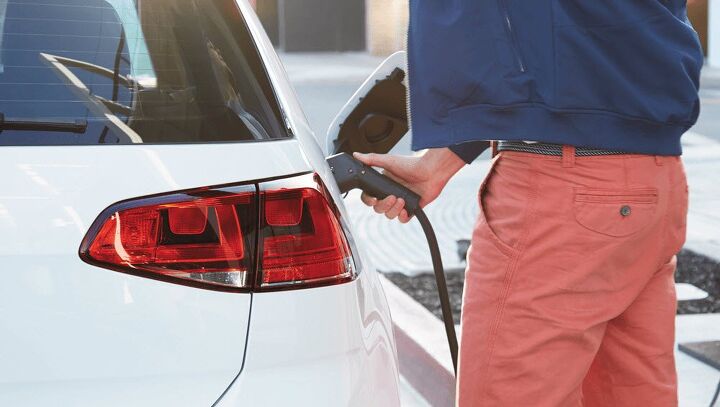
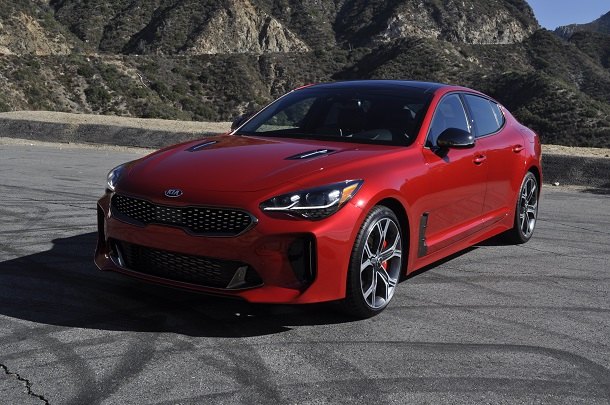





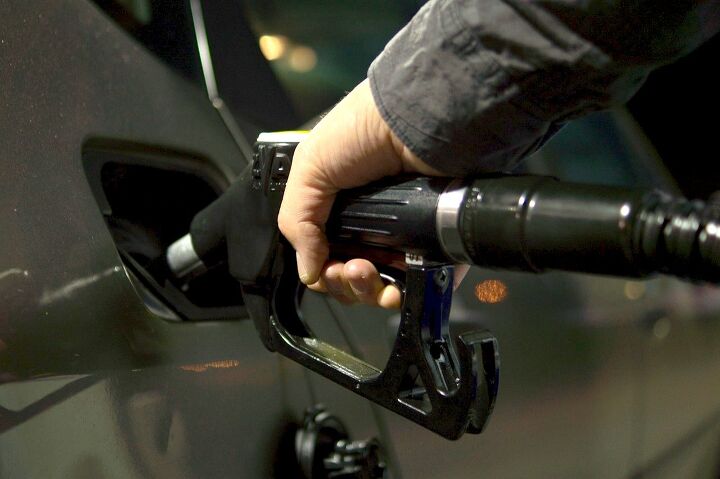
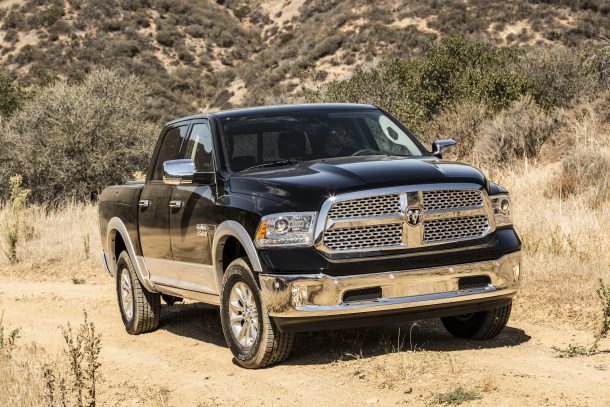

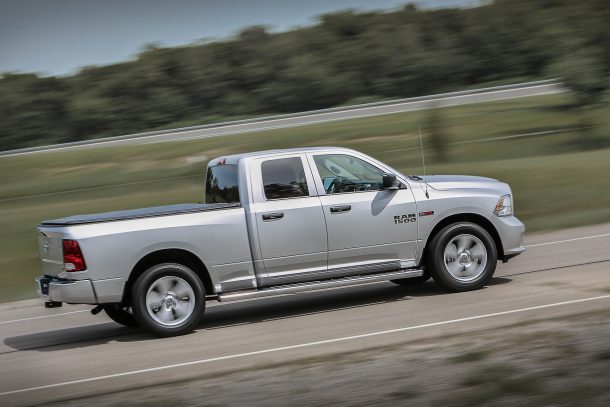
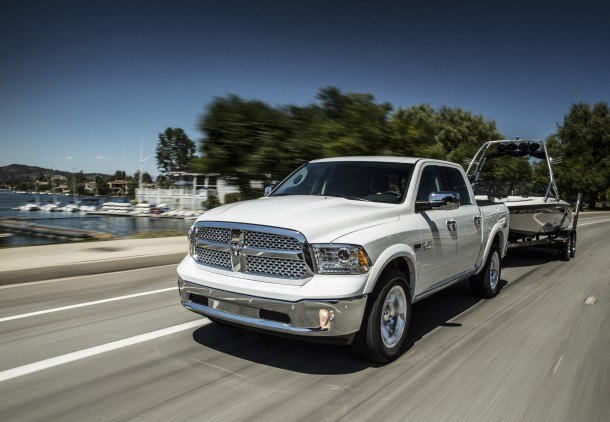
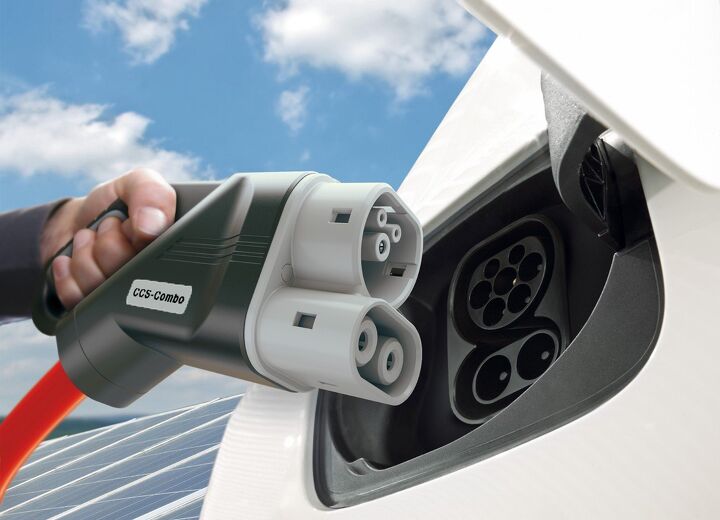












Recent Comments